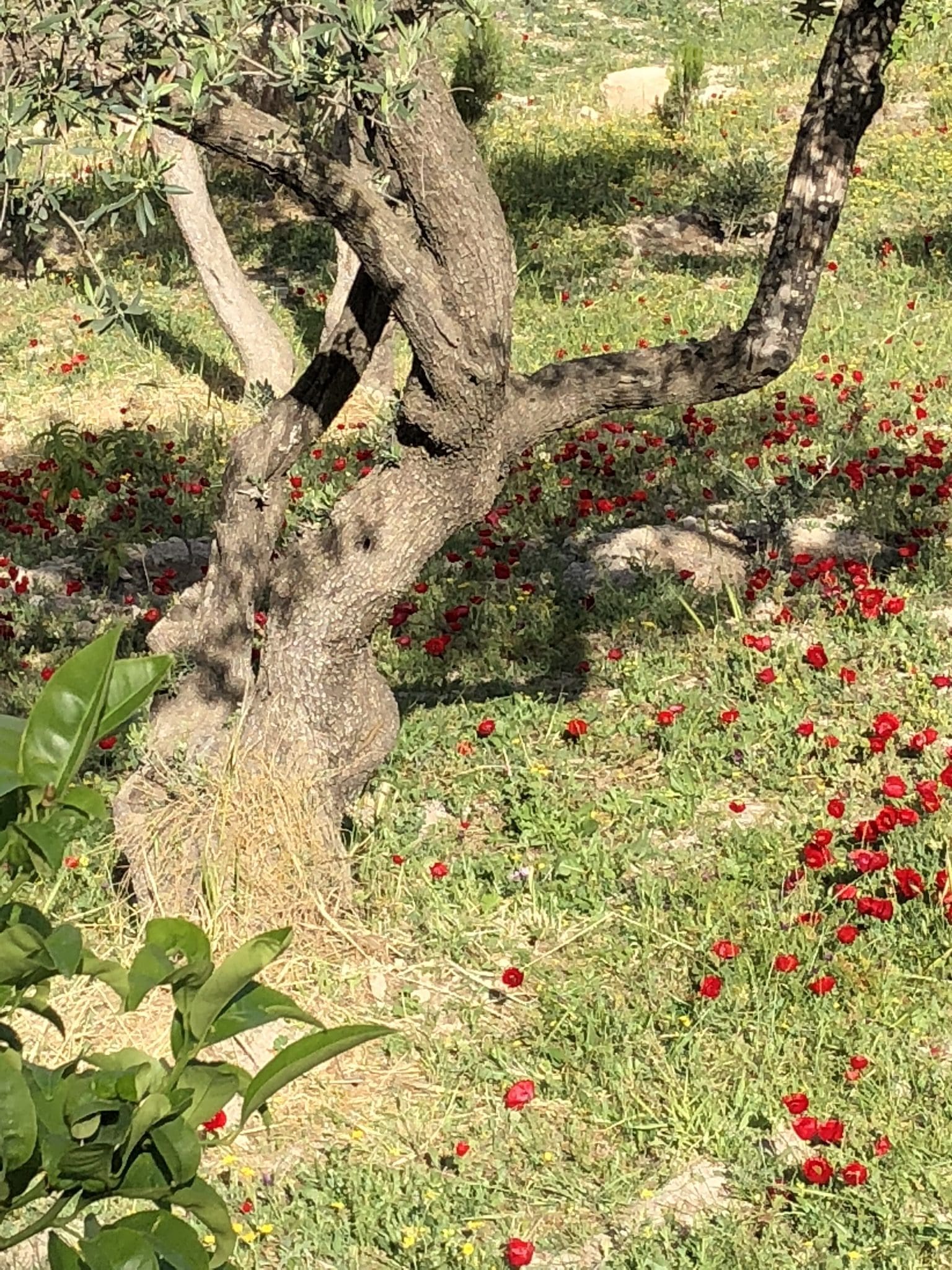It’s not something we generally think about, but Israel rests at roughly the same distance from the equator as Texas. Jerusalem itself is on the 31st northern parallel – in line with the Texas cities of Odessa, Hemphill, Waco, and San Saba.
That generally doesn’t mean much, except to explain why the most vibrant image from my trips to Israel is the flowers in the Garden of Gethsemane.
The garden, after all, is supposed to be a dark place of pain and sorrow. Yet my first visit there was in the spring, just days after Passover and Easter—and it was glorious.
The geography, seasons, and weather in Israel is far more similar to our own than that of the northern European painters whose iconic artwork informs our cultural perceptions of biblical places.
Too many of those paintings present the Garden of Gethsemane as a dreadful, foreboding place sitting on the edge of a forest undoubtedly filled with wicked witches and grandma-eating wolves. The real place is much different. Just as spring is marked in Texas by the appearance of bluebonnets and Indian paintbrush, Gethsemane and the rest of the Israeli hill country is alive with wildflowers.
As an aside, this is actually why going to Israel is so important to me; seeing the places as they actually are puts scripture and history into context. We will be leading a trip to Israel in late April of 2022. More information about this trip, and how you can join in, will be coming out next week.
So when Jesus went to the garden to pray on the night of His betrayal, arrest, and trial, it was the height of spring. The garden would have been awash in colors. This wasn’t a dead place; it was bursting with the promise and glory of life. A promise Jesus was about to seal with His own sacrifice. A glory that would be outshined three days later by Jesus’ resurrection.
In the book of Genesis we are told sin and death entered the human condition when Adam and Eve made a decision to disobey God in the Garden of Eden. It was therefore appropriate that in a garden Jesus made His commitment to obey God, to bear the weight of our sin.
When my wife and I sat praying under a tree in the Garden of Gethsemane a few years ago, we were struck that the undeniable physical beauty of the place is overshadowed by that even more beautiful act of loving obedience. It was there, to paraphrase Horatio Gates Spafford’s classic hymn, that Jesus took the last step toward shedding His own blood for our souls.
Fortunately, we don’t have to ever set foot in that garden to benefit from Jesus’ obedience to His Father. Wherever we are, we are surrounded by the beauty of His love.





